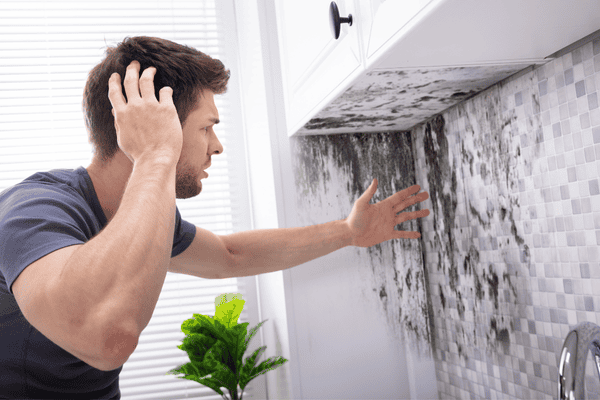Mould in Your Home? Here’s What To Do
You spot a dark patch creeping up your bathroom wall. Maybe it’s just a little mildew, or maybe it’s something more sinister—mould. Before you shrug it off as a minor inconvenience, know this: mould isn’t just an eyesore. It can compromise your health, weaken your home’s structure, and spread faster than you think.
Whether it’s a small spot in the corner or a full-blown infestation, mould thrives in damp, warm environments and doesn’t go away on its own. The longer you wait, the worse it gets. But don’t panic—there are steps you can take to control and eliminate it. And if the situation escalates, experts like Rawk J Services in Red Deer, Alberta, are ready to step in.
How to Identify Mould in Your Home
Signs That Indicate Mould Growth
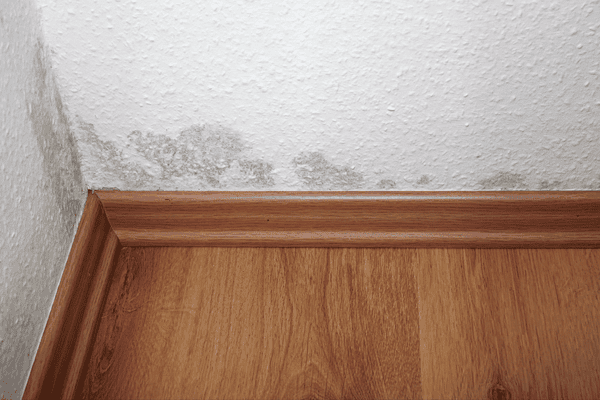
Mould isn’t always easy to spot, but these signs indicate a problem:
- Visible Growth: Dark patches (black, green, or white) on walls, ceilings, or floors.
- Musty Odour: Persistent earthy or damp smell, especially in basements or bathrooms.
- Unexplained Allergy Symptoms: Sneezing, coughing, itchy eyes, or worsening asthma indoors.
Read more here from our blog about the early signs of mould in your home.
Where Mould Commonly Grows
Mould loves moisture, so it often hides in:
- Bathrooms: Around sinks, bathtubs, and showers.
- Basements & Crawl Spaces: Poor ventilation and leaks create a perfect breeding ground.
- Kitchens: Under sinks, around dishwashers, and near leaky plumbing.
- Walls & Ceilings: Especially near roof leaks or condensation-heavy areas.
Mildew vs. Toxic Mould: When to Be Concerned
Mildew: A surface-level fungus that appears white or gray and can be wiped away easily.
Toxic Mould: Certain moulds, like Black Mould (Stachybotrys chartarum), Aspergillus, Penicillium, and Cladosporium, pose health risks and structural damage. These moulds:
- Burrow deep into drywall, wood, and insulation.
- Release airborne spores that trigger asthma, chronic respiratory issues, and allergic reactions.
- Thrive in persistent moisture, meaning leaks or high humidity often fuel their growth.
If you suspect toxic mould, don’t risk your health—call a professional for assessment and removal.
Why Mould is a Serious Problem That Shouldn’t Be Ignored
Health Risks of Mould Exposure
Mould spores don’t just sit in one place. They become airborne, making their way into your lungs and causing:
- Chronic coughing, wheezing, and throat irritation
- Skin rashes and sinus infections
- Worsening symptoms for people with asthma or allergies
- Severe respiratory issues with prolonged exposure
Structural and Financial Costs of Ignoring Mould
Ignoring mould won’t just cost you in medical bills—it can destroy your home. Mould weakens walls, floors, and ceilings, and once it gets into drywall or insulation, replacement becomes the only option. The longer it festers, the more expensive the repairs.
How Quickly Mould Spreads
Mould can spread in as little as 24–48 hours in the right conditions—a small leak today can become a major infestation next week. That’s why immediate action is essential.
Read more here from Health Canada about moisture and mould indoors.
Immediate Steps to Take If You Find Mould in Your Home
Step 1: Prioritize Safety
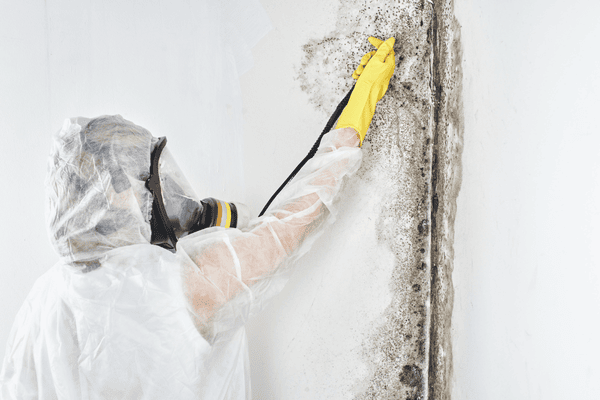
Mould spores can cause irritation, so before you do anything, protect yourself:
✔️ Wear gloves, goggles, and an N95 mask to prevent exposure.
✔️ Avoid disturbing the mould—scrubbing or dry-brushing can send spores airborne.
✔️ If you have health issues (asthma, allergies, or respiratory conditions), leave the area and get professional help.
Step 2: Contain the Spread
Mould travels fast, so limit its reach:
✔️ Turn off HVAC systems to prevent spores from circulating through vents.
✔️ Close doors to affected rooms and seal them off with plastic sheeting if possible.
✔️ Use a HEPA air purifier if you have one to help reduce airborne spores.
Step 3: Cleaning Small Patches vs. Calling a Professional
For small surface mould (under 10 square feet):
✔️ Mix one part vinegar with one part water and spray the affected area.
✔️ Let it sit for at least 10 minutes, then wipe clean with a cloth.
✔️ Dispose of rags and wash hands/clothes immediately after handling.
DO NOT use bleach—it doesn’t penetrate porous materials and won’t stop mould from returning.
For larger mould problems (spanning walls, ceilings, or recurring in the same spot), professional intervention is crucial. If the infestation covers more than 10 square feet, it’s time to call Rawk J Services.
When to Call a Professional for Mould Remediation
Signs You Need Expert Intervention
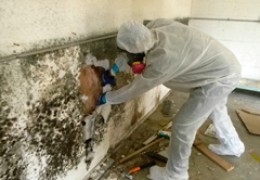
- Mould keeps coming back despite cleaning
- It has spread behind walls, ceilings, or into insulation
- Family members experience worsening allergy or respiratory symptoms
- You notice warping or damage to drywall and wood structures
Why DIY Mould Removal Can Be Dangerous
Large mould infestations release massive amounts of spores, worsening the contamination. Improper removal methods stir up spores, spreading them to new areas.
What to Expect from a Professional Mould Inspection
Rawk J Services follows a proven process:
- Inspection: Identifies the mould type and its root cause.
- Plan: Develops a safe, targeted remediation strategy.
- Remediation: Uses HEPA filtration, advanced cleaning solutions, and moisture control to prevent regrowth.
Read more: Mould Testing 101: What to Expect During an Inspection
Preventing Mould from Returning: Essential Tips for a Mould-Free Home
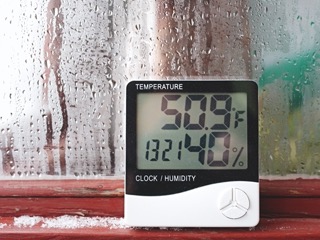
Control Humidity & Improve Ventilation
- Keep indoor humidity below 50% with dehumidifiers.
- Run bathroom and kitchen exhaust fans regularly.
Fix Leaks & Address Moisture Sources
- Inspect plumbing, roofing, and basement areas for water damage.
- Repair any leaks immediately—even a slow drip can fuel mould growth.
Adopt Regular Cleaning Habits
- Wipe down moisture-prone surfaces frequently.
- Use mould-resistant paint in humid areas.
Take Action Before Mould Takes Over Your Home

Mould is more than an inconvenience—it’s a health hazard and a major threat to your home’s integrity. The good news? Acting quickly can prevent costly damage and protect your family’s well-being.
If you’ve spotted mould or suspect hidden growth, don’t wait for it to spread. Contact Rawk J Services in Red Deer today for a professional inspection and expert remediation. Our team is ready to restore your home to a safe, mould-free environment.
Call us now or book a consultation online to protect your home and health.
Keep Reading: How to Get Rid of Mould: Expert Guidance from RAWK J Services

